Continuing our countdown to the 75th anniversary of the D-Day invasion at Normandy this coming June, we return to early January 1944 as General Dwight D. Eisenhower had taken command as the Supreme Commander of the Allied invasion forces but had not yet arrived in London. The real action that was awaiting Eisenhower was a review of the existing invasions plans, conducted at Eisenhower’s request by British General Bernard L. Montgomery.
For Americans today, Montgomery’s image has perhaps been forever influenced by the 1970 film Patton, in which he was portrayed as vain, duplicitous, egotistical, and an inferior nemesis of American General George S. Patton. There certainly were considerable historical truths in the portrayal of Montgomery’s personality in the movie.
But for students of history and World War II, it should also be noted that Montgomery was the hero of the second battle of El Alamein in October 1942, leading British troops to victory over the great and notorious German General Erwin Rommel weeks before American forces set foot in North Africa. Thereafter, Montgomery served as a rallying point for Allied troops, both British and American—during the first half of 1944, Montgomery made a point of regularly visiting American forces stationed in southern England for the Normandy invasion, and was warmly greeted by them. In my view, while he certainly was not a “hail fellow well met” personality, Montgomery understood that his beret and comparatively informal dress made him a somewhat relatable and democratic figure to the troops he commanded. He certainly inspired their trust and confidence to fight under him, which was the mark of a superior general. This was appreciated not only by his patron and boss General Alan Brooke, who backed Monty for command in the Normandy invasion over General Harold Alexander (and against Churchill’s inclination), but also by Eisenhower.
Although subsequent postwar memoirs have generated arguments for who among the Allied general should be credited with what, it should be noted that Eisenhower valued Montgomery’s opinions and analysis because he was highly perceptive and his military insights were logical. The most critical change in the original D-Day plans that Montgomery recommended to Eisenhower was the expansion of the amphibious assault from three to five divisions, of which Eisenhower fully approved. Montgomery was a difficult and sometimes overbearing personality, famously captured in the 1944 incident when Eisenhower had to remind Monty that Eisenhower was his boss, and he could not speak disrespectfully to him. But in the end, Montgomery was a great asset to Eisenhower in D-Day planning as he weighed in on problems ranging from air power to general advocacy of the cross-channel invasion into northern Europe over the Mediterranean right down to his unhesitating encouragement at Southwick House to “Go!” when Eisenhower weighed his final decision to launch the invasion on June 5, 1944.
In my work, there are two places where I have personally intersected with General Bernard L. Montgomery. The first intersection can be seen by anyone who visits the Museum. In our original D-Day galleries, General Montgomery’s D-Day message to the troops is displayed. This artifact is personally signed and dated in red pencil by Monty. It is next to a facsimile of Eisenhower’s famous note of June 5, 1944, in which Eisenhower took all responsibility for the Overlord operation, in case the landings failed. I like to think of these documents as living reminders of the ultimate reality that despite professional disagreements and personal squabbles, in the end both Eisenhower and Montgomery understood that the real enemy was Nazism.
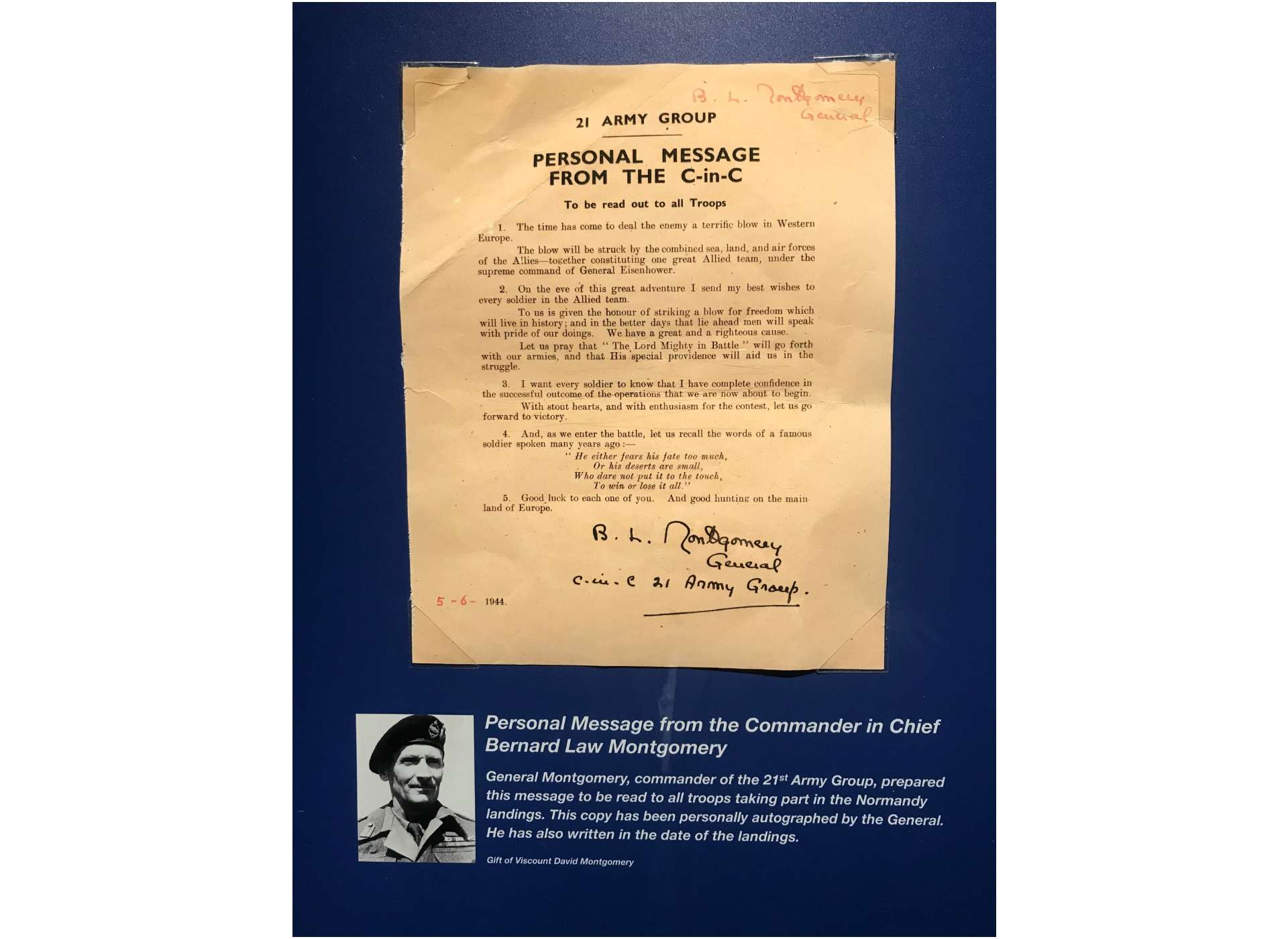
The second, more personal intersection is the lead photograph on this post. It was taken during a March 2014 Museum tour in Normandy. Standing on a misty Juno Beach (the Canadian sector between the British landing beaches, Gold and Sword), I gazed out from the sand across fog-covered water and time, and thought of General Montgomery aboard the HMS Faulknor somewhere out there off Juno Beach on June 8, 1944, where he waited to disembark and join his troops. According to those who saw him onboard, Montgomery was calm, but eager to lead the attack on Caen. We today know that his hopes and plans, whether for the capture of Caen or for the fall of Germany in Operation Market Garden, did not always work as planned, or even succeed. Such are the fortunes of war. But we today also know that like so many others of lesser stations who landed on the beaches of Normandy, Montgomery pressed on, until in the end final victory was achieved.
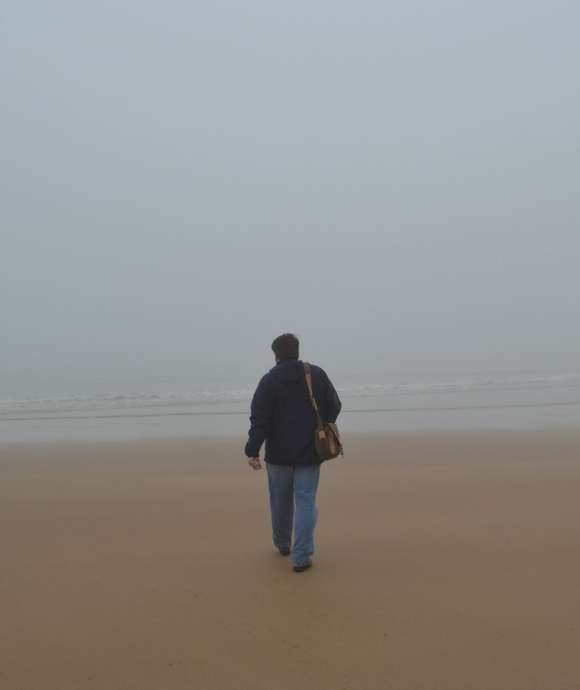
"No matter one’s age, travel is a unique and exciting educational experience. In my work, I have had the opportunity to reflect on history, events, and people in the places where they experienced life. Through the viewfinder, we can not only find history and perspective, but create memory, and evoke our evergreen past."
– Keith Huxen, PhD, Senior Director of Research and History, The National WWII Museum
Keith Huxen
Keith is the former Senior Director of Research and History in the Institute for the Study of War and Democracy at The National WWII Museum.
Cite this article:
MLA Citation:
APA Citation:
Chicago Style Citation:
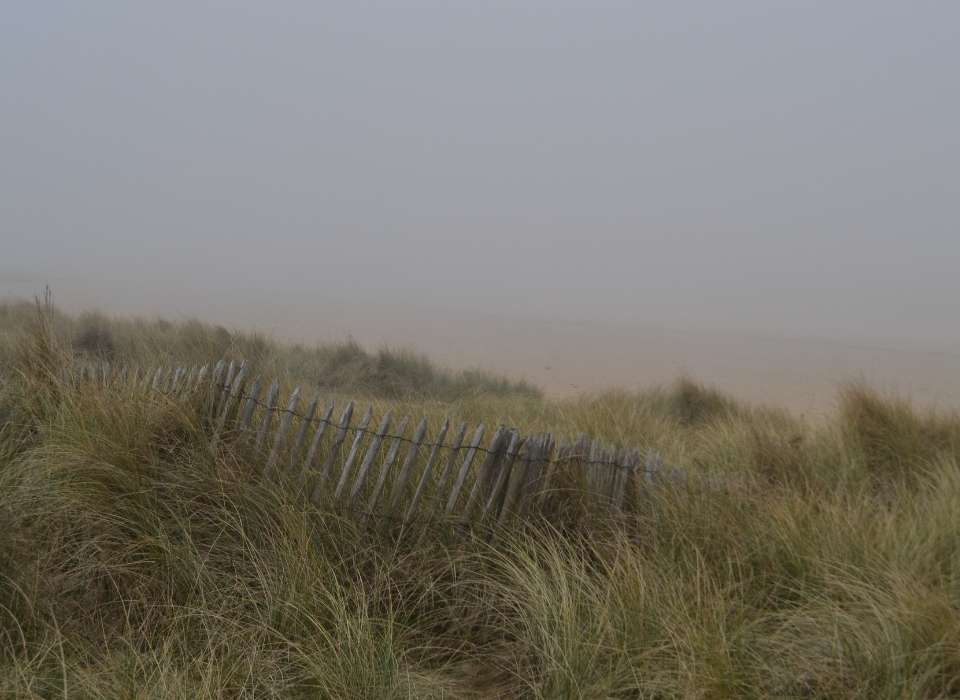

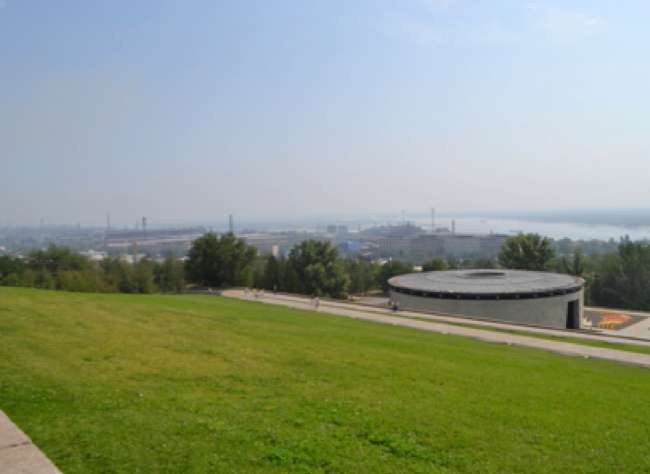
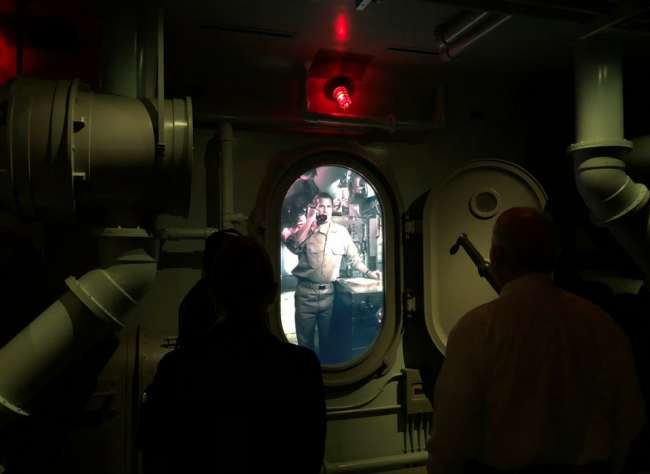
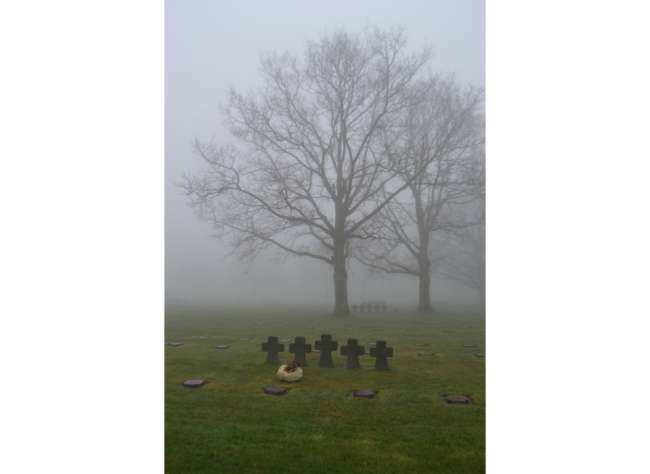



![Max Fuchs, New York City cantor, sings as Rabbi Sydney [sic] Lefkowitz, Richmond, VA, conducts the first Jewish services from Germany.](/sites/default/files/styles/max_650x650/public/2025-10/image1.jpg)



